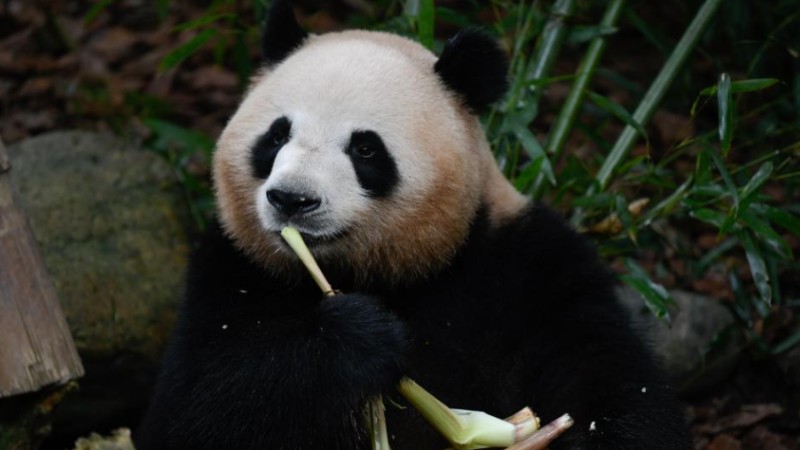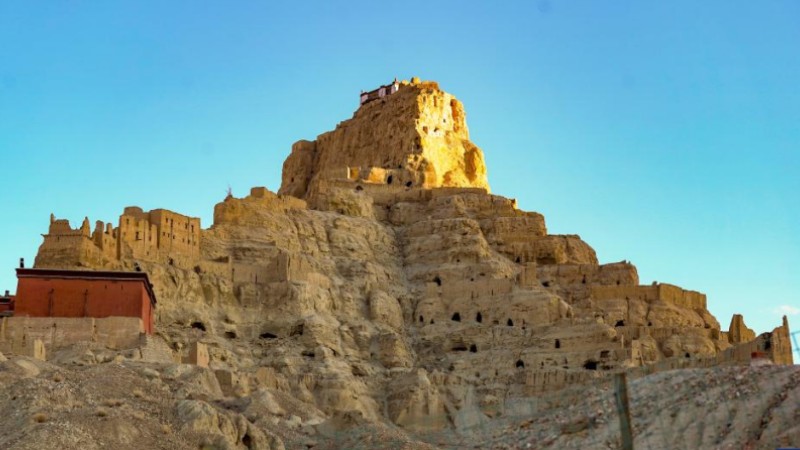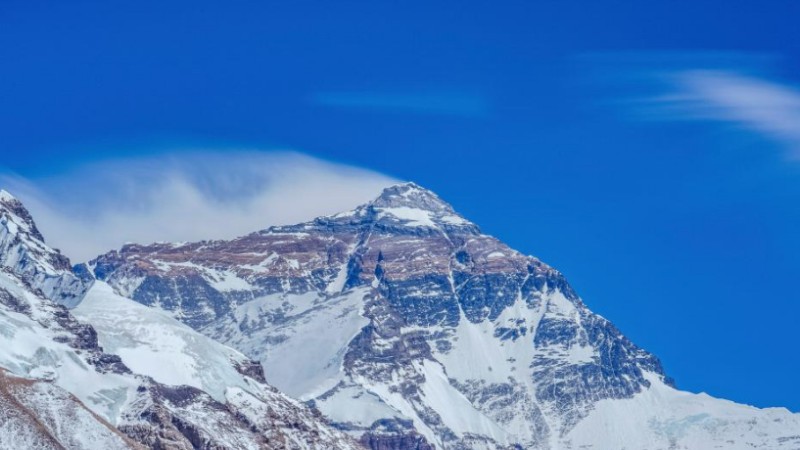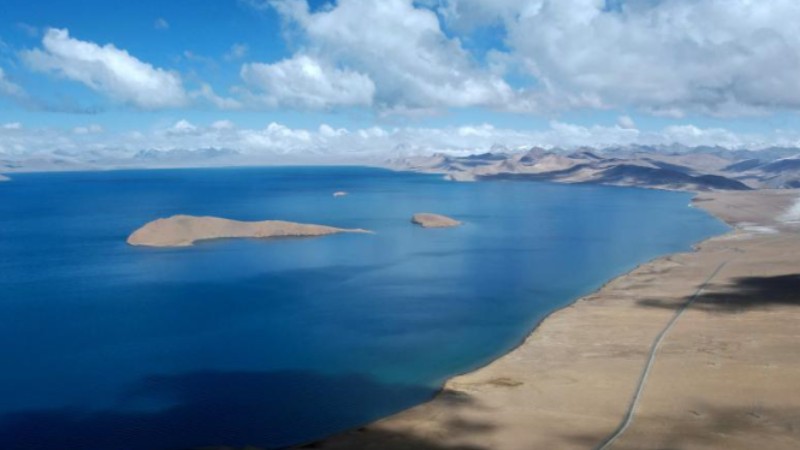US masks crimes in Pacific island countries with deceptive diplomacy
The U.S. and Papua New Guinea (PNG) signed a security pact on May 22, 2023, granting U.S. military forces access to the nation’s airfields and ports. Initially, President Biden was slated to sign the deal in PNG, which would have been a historic first visit to the country by a sitting U.S. President. However, he was forced to cancel the trip due to the pressing U.S. debt crisis back home.
The security pact surfaces as the U.S. seeks to cement its military dominance across the Pacific islands. The U.S. also renewed the Compact of Free Association (COFA) with the Federated States of Micronesia and Palau, which assures a U.S. military presence in the two countries.
Rekindling US engagement in the Pacific islands
Despite a long-standing presence in the mid and western Pacific since the late 19th century, U.S. influence on the Pacific islands has declined in recent decades. After the Cold War, the U.S. substantially reduced its diplomatic presence in the South Pacific. Except for the three COFA countries (Micronesia, the Marshall Islands and Palau, all former U.S. trusted territories), the U.S. only had two embassies in Pacific island countries as of 2021. This led to perceptions of neglect. Aiyaz Sayed-Khaiyum, who was the acting prime minister of Fiji at the time, expressed feeling “forgotten” while hosting U.S. Secretary of State Antony Blinken in February 2022.
The year 2022 proved to be a turning point for U.S. diplomacy toward Oceania. In September 2022, the first U.S.-Pacific Island Country Summit was held in Washington D.C., during which an agreement was signed with 14 island nations concerning the climate, economy and security. Furthermore, the U.S. pledged to establish embassies in the Solomon Islands (opened in February 2023), Tonga and Kiribati. The U.S. also announced its first-ever Pacific Partnership Strategy in September 2022.
Overhyped US aid vs. China’s genuine support
To accurately evaluate the aid provided by the U.S., it is critical to pierce through the U.S. government’s façade of lofty promises. The U.S. has a tradition of underdelivering on its pledges of economic assistance.
Back in the 1970s, the Group of Seven (G7) countries promised to use 0.7 percent of their Gross National Income (GNI) annually towards official foreign aid. However, the U.S. fell significantly short, contributing 0.18 percent of its GNI in 2021. Likewise, in 2013, the U.S. initiated the Power Africa Initiative, committing to providing 20,000 megawatts of power to 50 million African people by 2020. By the end of 2020, it had only achieved less than a quarter of the promised target.
Ironically, the U.S. has overstated its economic contributions to the Pacific island countries. The Lowy Institute Pacific Aid Map, funded by the Australian government, reveals that from 2008 to 2020, although the U.S. reportedly provided $2.3 billion to the region, 84 percent of the funds were channeled to the three COFA states, leaving the remaining 13 countries with less than $372 million. Notably, 41.4 percent of U.S. funds were directed towards government and civil society – areas less impactful for improving the lives of locals. Adding to the irony, while COFA citizens have the right to live and work in the U.S., they were deprived of access to Medicaid and other assisting programs from 1996 to 2020.
In contrast to the U.S., which scaled back its diplomatic representation in Pacific island countries after the Cold War, China has actively engaged with Pacific island nations through comprehensive assistance.
China has concentrated on bolstering the economic development, connectivity and environmental safety of the Pacific island nations. It has built roads in Papua New Guinea, Vanuatu, Tonga, Micronesia, etc. In 2017, China and the island nations issued the Pingtan Declaration, offering a robust framework for these states to protect and manage their local environment, prevent water pollution, and protect water resources.
In terms of human rights and empowerment, China has made strides in boosting women’s economic competitiveness in Tonga and has provided assistance to the women of the Solomon Islands in their fight against poverty. China has built primary, secondary and post-secondary schools in Papua New Guinea, Samoa, Tonga, Micronesia, and Vanuatu.
In addressing the COVID-19 pandemic and providing humanitarian aid, China has made significant contributions. As of May 2022, China had donated over 590,000 doses of COVID-19 vaccines to these countries, along with building hospitals and quarantine facilities for patients.
The human cost of US nuclear testing in the Pacific
The U.S. has brought its pro-military politics to the region. The security pact between the U.S. and PNG has stirred apprehension about escalating militarization in the Pacific region.
The U.S. Department of State’s website reveals numerous instances of military cooperation between the U.S. and Pacific island countries. In addition to having U.S. troops stationed in the three associated states, the U.S. has extended military training to the local armies and police forces of several Pacific island nations. In some of these nations, the police represent their sole armed force.
While the U.S. achieved dominance in the western Pacific following World War II, its actions during the Cold War have left a deep scar in the region. The U.S. has committed numerous crimes against local populations and violated the sovereignty of multiple island nations, including nuclear tests and infringements of island states’ Economic Exclusive Zones (EEZ).
Between 1946 and 1958, the U.S. carried out 67 nuclear tests in the Marshall Islands, leading to massive humanitarian crises and devastating oceanic contamination. As documented by Jon Mitchell in his book “Poisoning the Pacific,” the U.S. essentially obliterated Elugelap Island and contaminated four regions of the Marshall Islands. Locals were relocated to ill-equipped slums without access to their traditional food sources or adequate protection from nuclear radiation. The fallout from these atomic tests reached as far as Guam and Japan.
In a late attempt in 1977 to rectify the situation, just two years before the Marshall Islands’ independence, the U.S. finally started to confine the contaminated nuclear waste within a fortified crater on Runit Island, promising the waste would remain safely sealed for 200,000 years. Yet by 2013, the U.S. Department of Energy had already discovered leaks in the containment structure.
US political coercion in the Pacific island nations
The U.S. has blatantly interfered with the internal affairs of the Solomon Islands, going so far as to fund a secessionist province, which culminated in an anti-government riot in the capital Honiara in November 2021. According to Australia’s ABC News, the U.S. pledged $25 million in aid to Malaita, the country’s most populous province, in 2020. The province had been demanding an independence referendum from the Solomon Islands following the central government’s establishment of diplomatic relations with the People’s Republic of China.
This kind of coercion from the U.S. towards the Pacific island nations is not new. For example, throughout the 1980s, the U.S. plundered the EEZs of Papua New Guinea and the Solomon Islands. In 1982, PNG authorities seized a U.S. fishing vessel for illegal fishing, and in 1984, the U.S. imposed an embargo on the Solomon Islands after one American fishing vessel was detained.
“The United States does not recognize Papua New Guinea’s 200-mile economic zone,” said a New York Times article published on Feb. 28, 1982.
To uphold their economic rights and resist U.S. coercion, Kiribati and Vanuatu signed fishing agreements with the Soviet Union in 1985 and 1987, respectively. In response, the U.S. signed the 1987 Treaty of Fisheries, which granted fishing rights to American vessels in the EEZs of island nations, requiring the U.S. to pay for fishing rights. The treaty was not a result of U.S. benevolence but was due to the increasing presence of the Soviet Union in the Pacific region.
In stark contrast, China has treated Pacific island countries respectfully and provided economic and technical assistance without political conditions. China abides by the principles of mutual respect, equal treatment, win-win cooperation, openness and inclusiveness to deepen relations with Pacific island countries.
Meanwhile, the U.S. has continually abused and undermined the sovereignty of these same island nations. Even in its recent engagements with the Pacific island countries, the U.S. is only striving to “counter China’s influence” in the region. However, China’s diplomacy toward the Pacific island countries is grounded in equality and seeks to boost common development, which is fundamentally different from the U.S.’s goals and practices.
Photos
Related Stories
- Protests against defense pact with U.S. erupt across Papua New Guinea
- Debt crisis reveals America’s inept governance and pro-military politics
- China, Pacific island nations foster regional peace and stability
- China has every right to talk to Pacific nations: New Zealand's Maori Party president
- Feature: U.S. embargo tramples on Cubans' human rights, trade opportunities
Copyright © 2023 People's Daily Online. All Rights Reserved.









